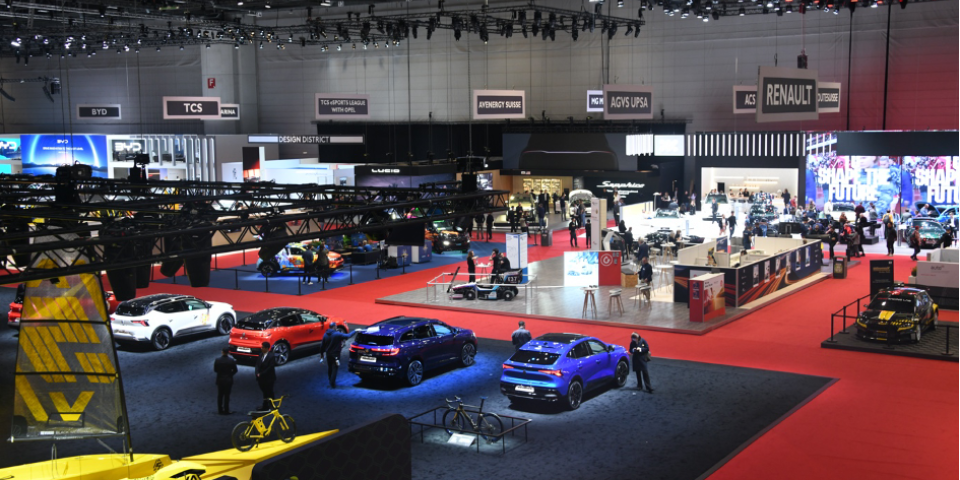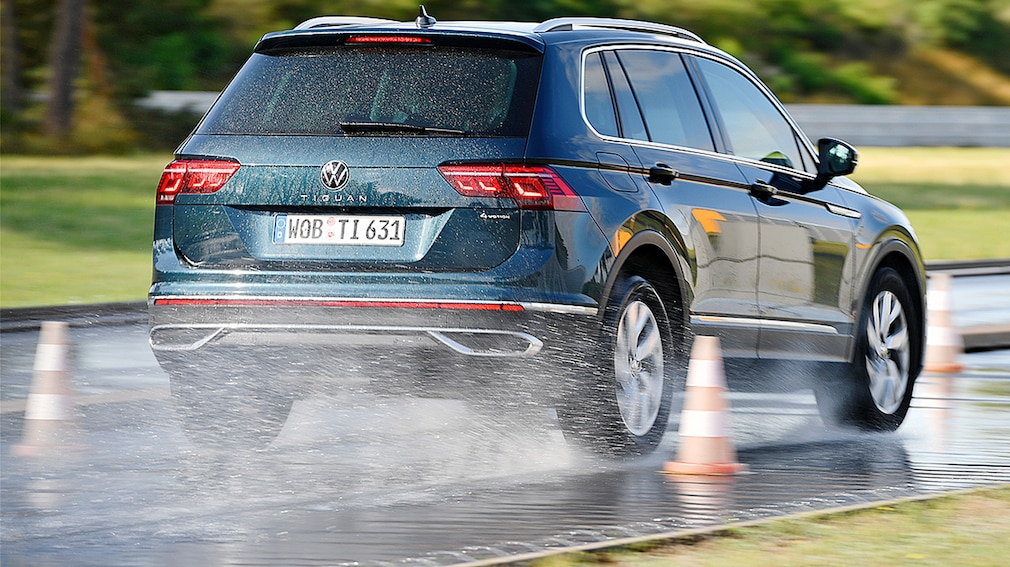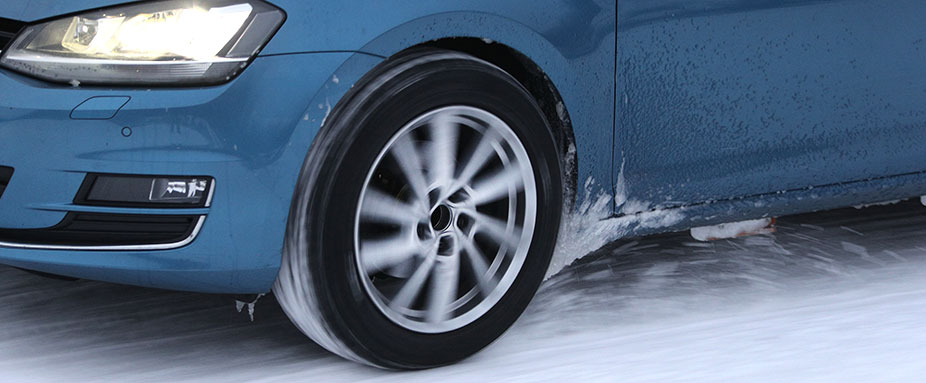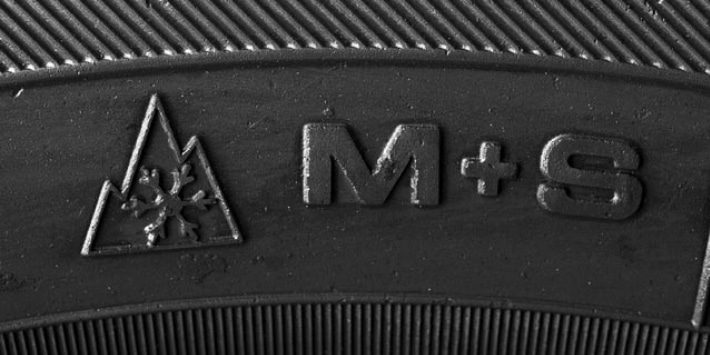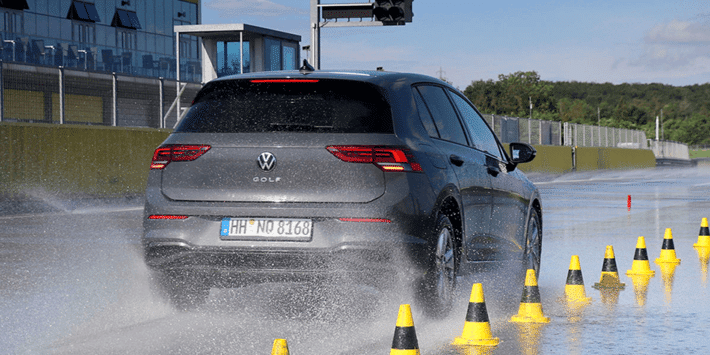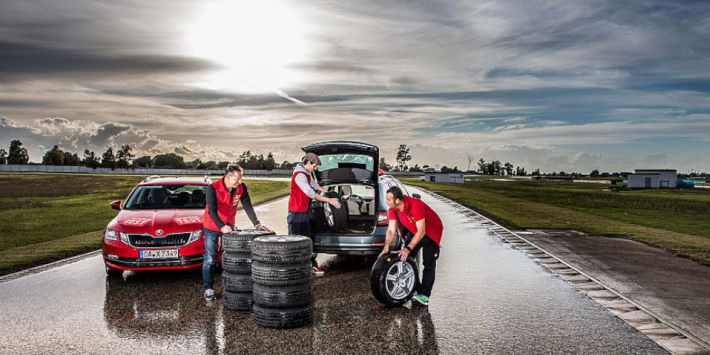Wherever you drive your car, you won’t get far without tyres. Moreover, the tyres are often the first parts that have to be replaced. Most motorists don’t know much about these black circles that are made of so much more than rubber, and which make a huge contribution to your safety and comfort. Our expert advice will help you learn more about tyres, compare, choose, buy and maintain them. Ratings, tests and comparisons made or analysed by us will help you choose the tyre that suits your driving style and budget.



